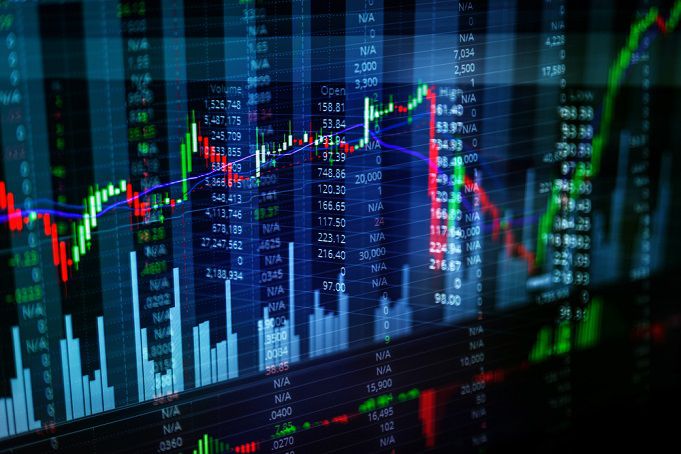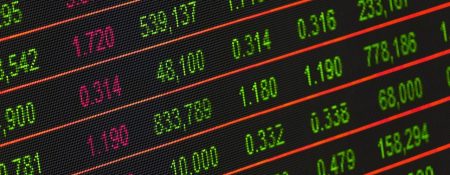
Did you know that if you bought stocks at Amazon’s initial public offering (IPO), you would be enjoying an 883% return on your investment?
To put this in perspective, if you invested $1,000 (GBP 782.70) in Amazon stocks in 1997, you would have gotten 55 shares. Those are worth $9,831.25 (GBP 7,697.87) now. If you invested $20,000 (GBP 15,664), you could have bought 1,111 shares, currently valued at $198,591.25 (GBP 155,556.53).
If you’re ready to accumulate wealth through trading, then sign up for an account with a brokerage firm, use one of the available trading platforms, and start buying and selling securities.
Trading platforms are software systems that let investors put in buy and sell orders on traded financial assets and monitor and manage their market positions. A trading platform will connect you to various financial markets, such as the following:
Trading platforms enable self-service in trading. They empower individuals and institutions to trade anytime, anywhere, and serve as a bridge between investors and their brokerage companies. Essentially, trading platforms provide traders with a convenient way to place buy and sell orders, monitor market and price movements, and administer their brokerage accounts.
Brokerage companies are licensed entities that get paid a fee for receiving, transacting and executing their clients’ orders. They typically let clients choose from trading platform options that work with their systems. However, some firms provide clients with proprietary trading software.
Trading platforms have features that facilitate trading activity and tools that enhance their functionality and help investors make trading decisions.
Trading platforms facilitate trading, so they must have an interface that allows investors to enter buy and sell orders.
You want a platform with an intuitive interface. It should be easy to use, so placing orders and managing your portfolio is effortless. It must highlight and make crucial information easy to find, and the interface needs to scale gracefully with the screen. This way, it can offer ease of use and accessibility across all types of devices (e.g., laptops, tablets, and mobile phones).
Analytical tools pertain to charting and visualisation functions. They showcase and present indicators you might find useful in a way that is easy to understand and track.
Moving averages, relative strength index (RSI) and moving average convergence/divergence (MACD) are examples of indicators to monitor. Candlestick chart patterns, for instance, may help you spot potential trend reversals.
Using an automated trading algorithm, you can automate buying a particular stock if its moving average crosses above a certain threshold.
Automated trading tools can execute trades when the specified thresholds and predefined rules of the auto-trading algorithm are triggered or attained. Traders set specific conditions (e.g., price levels, technical indicators) for buying or selling an instrument. When these conditions are met, the tool initiates their corresponding action.
Some platforms provide automated trading through a copy-trading functionality. Using this tool, you can select specific investors to track or copy. When these investors do something on the platform, the copy-trading tool replicates their trades using your trading account.
Copy-trading lets you benefit from the expertise of more seasoned investors. While you may not understand everything they do, you can let them guide your trading activity and gain from the positive results of their actions.
A public sentiment tool analyses news articles, social media posts, and other textual data to gauge market sentiment. It can keep you apprised of general public opinion and attitudes toward certain stocks or products. This can help you spot trading opportunities, mitigate threats and understand market moods.
If the news sentiment is negative for a specific stock, that might indicate a potential downturn. Since the tool has alerted you to it, you may have enough time to react, say, by selling your shares of that stock.
You can receive immediate information on market-moving news, economic indicators, corporate announcements, and geopolitical developments through real-time news updates from premium global sources. It will keep you updated when something noteworthy and relevant happens, such as a major central bank announcing a change in interest rates.
Market data tools provide real-time information on instruments. You can use them to curate assets by popularity, asset type or indicators (e.g., volume, volatility, etc.). For instance, you can filter stocks to see those with high trading volumes or screen for undervalued companies.
An economic calendar tool aggregates economic events, news releases and other market drivers. It serves as a centralised dashboard for accessing crucial information, such as press releases on gross domestic product (GDP), interest rate decisions of government central banks and other crucial information.
The economic calendar tool also analyses the potential volatility and impact calendared events may cause. That can help you anticipate upcoming trends in various markets.
You may be able to customise your calendar for your preferred time zone. It may also allow filtering so only events relevant to the assets you’re tracking will be shown.
You need a brokerage firm and a trading platform when trading stocks, bonds, EFTs, commodities, and other assets and instruments.
Review your options carefully when choosing a trading platform. Pay particular attention to their tools and features.
Trading platforms are the essential link between you and your brokerage company. They enable self-administration of trading accounts and allow you to place buy and sell orders anytime you want and need to. Without it, you’ll have to go old-school: place orders by calling your broker.
